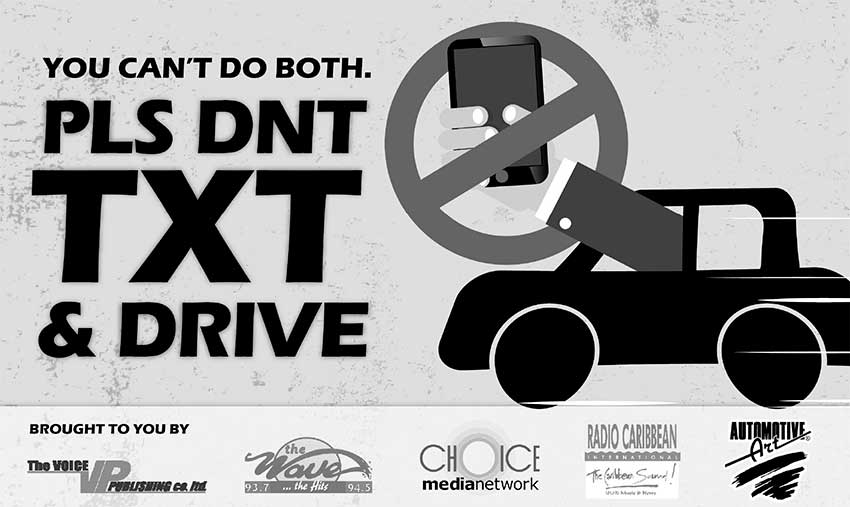PRESS RELEASE – ‘DISTRACTED driving” is defined by the Center for Disease Control and Prevention as driving while doing an activity that takes your attention away from driving. This practice is a leading cause of motor vehicle accidents. There are three types of distraction: 1) Visual 2) Manual and 3) Cognitive.
Visual distraction occurs when your eyes are diverted away from the road. Examples include glancing at a mobile phone to read a notification or turning your head to see someone in the back seat. Manual distraction involves removing your hand off the steering wheel while the car is still in motion – for example dialing on a mobile phone or changing the radio station. In cognitive distraction, your mind wonders off the task of driving. An example is talking on the cell phone using hands free. While your hands remain on the wheel and your eyes remain on the phone, your brain is sidetracked and cannot fully process everything that is occurring on the road.

Anyone of these three types distractions by itself is dangerous. However, texting is one of the worse forms of distracted driving because it involves all three types of distraction occurring simultaneously: visual, manual and cognitive. Texting increases the risk of an accident by up to 23 times. In fact, studies show that texting and driving is more dangerous that drinking and driving.
Most persons are intellectually aware of the dangers and yet up to 50% of drivers continue to engage in this practice. They convince themselves that they are a good enough driver who is capable of multitasking, so they can do it. This is a dangerous illusion that often leads to deadly consequences. In fact research has shown that the persons who are least capable of multitasking and the ones who are most likely to believe they can do it.
If you are guilty of this behaviour, make a plan to stop today. That phonecall or text can wait. If you are driving, put your phone away where you can’t access it while driving. If you are a passenger in a vehicle, insist that the driver put away his/her device. Young drivers are particularly more likely to engage in this habit. So parents should set the right example for their younger ones and talk to their teenagers about the risks of this dangerous habit.
Distracted driving kills. Let us change this habit and make St Lucia’s roads safer for all.











